JMCA: 3D high-density MXene@MnO2 micro-flowers used in water-based zinc-ion batteries
QQ Academic Group: 1092348845
Detailed
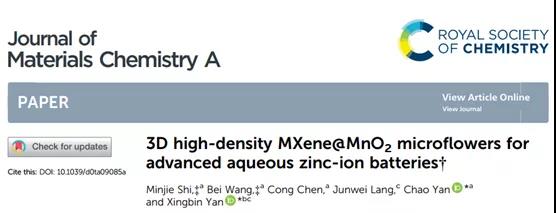

Aqueous zinc-ion battery is a potential low-cost, non-hazardous high-performance rechargeable battery, thanks to the abundance of Zn, biocompatibility, ground redox potential (-0.76V vs. SHE) and high Theoretical capacity (819 mAh g-1). Considering the strong electrostatic contact between Zn ions, finding suitable cathode materials for zinc ion batteries is a key challenge. Among them, MnO2 is very suitable as an electrode material for zinc batteries because of its multivalence. However, its severe capacity degradation and low conductivity affect its zinc storage performance.
Combining MnO2 with conductive materials is an effective way to improve electronic conductivity and structural stability. MXenes, as a new type of two-dimensional material, has received extensive attention in recent years, mainly due to its high metal conductivity, abundant surface functional groups, excellent hydrophilicity and ultra-high density (4g cm-3). However, like most two-dimensional materials, the strong Van der Waals reaction and hydrogen bonding between the few-layer MXene nanosheets will make restacking and stacking problems inevitable, which hinders the full utilization of the active specific surface area and the Diffusion of electrolyte ions in the electrochemical process.

Recently, Professor Chao Yan from Jiangsu University of Science and Technology, Professor Xingbin Yan from Sun Yat-sen University and Lanzhou Institute of Physics, Chinese Academy of Sciences published a title of 3D high-density MXene@MnO2 microflowers for advanced aqueous zinc-ion batteries in the internationally renowned academic journal Journal of Materials Chemistry A The research paper reported a 3D high-density MXene-MnO2 composite cathode material. Through the gas phase spray drying strategy, MnO2 nanoparticles were wrapped in the wrinkled MXene nanosheets to construct a stable conductive 3D nanoflower structure. Conducive to fast ion/electron transmission and high structural stability.


Figure 1. SEM characterization of Ti3C2Tx, 3D Ti3C2Tx@MnO2.
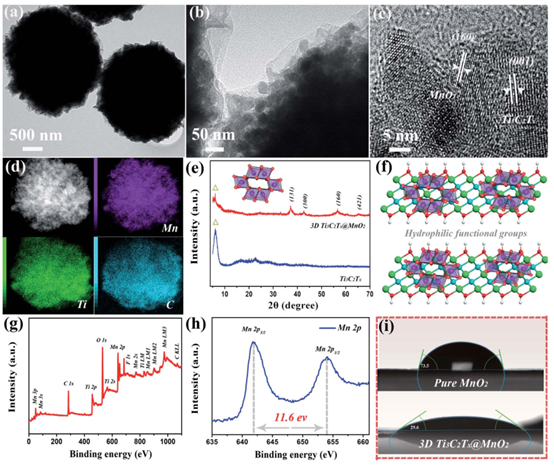
Figure 2. Microstructure and morphology characterization of 3D Ti3C2Tx@MnO2.
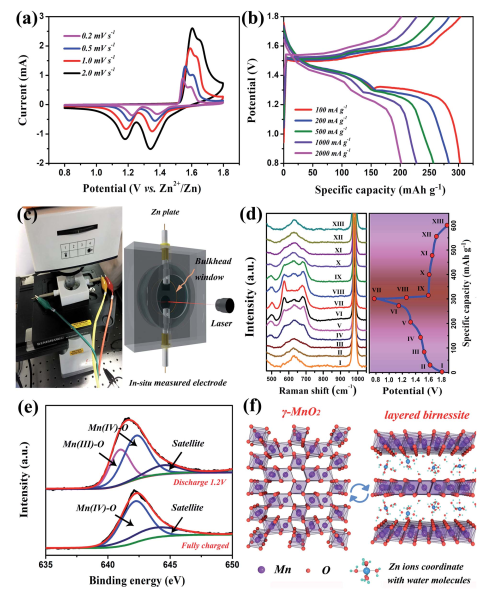
Figure 3. Electrochemical performance test and mechanism exploration of 3D Ti3C2Tx@MnO2.
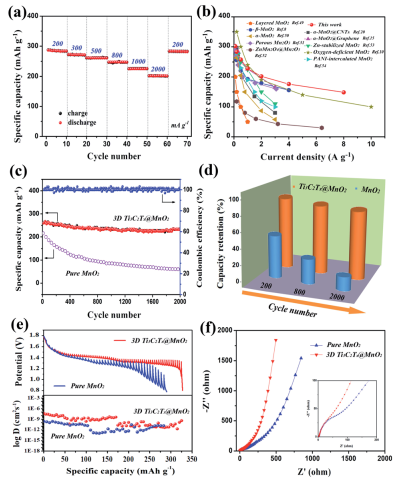
Figure 4. The electrochemical performance and analysis of 3D Ti3C2Tx@MnO2.
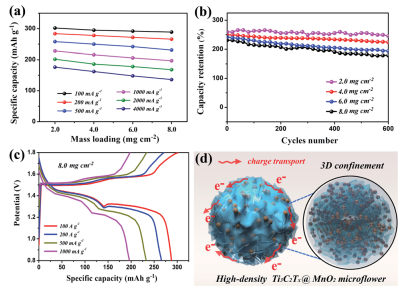
Figure 5. 3D Ti3C2Tx@MnO2 cathode materials with different mass loads.
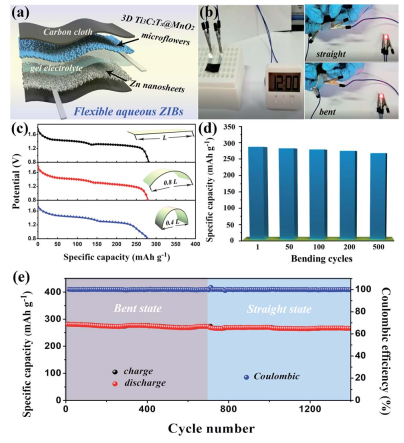
Figure 6. Assembly and electrochemical performance of a flexible aqueous zinc-ion battery based on 3D Ti3C2Tx@MnO2.

A new type of 3D Ti3C2Tx@MnO2 microflowers was successfully prepared by vapor-phase spray drying. Compared with the liquid solution method which takes a long time, the proposed synthesis strategy is very simple and environmentally friendly. The collaborative assembly of conductive Ti3C2Tx nanosheets and electrochemically active MnO2 nanoparticles has a higher density (1.52 g cm-3), which enhances the charge transfer dynamics and structural stability. When used as a cathode material for water-based zinc-ion batteries, 3D Ti3C2Tx@MnO2 microflower can produce higher reversible capacity, reaching 301.2 mAh g-1 at a current density of 100 mA g-1, and increasing to 2000 mA g- At 1, 202.2 mAh g-1 can be reserved. And stability over 2000 cycles.
Literature link:
DOI: 10.1039/d0ta09085a
Information source: MXene Frontie
This information is from the Internet for academic exchanges. If there is any infringement, please contact us and delete it immediately
- Previous: Tiny B. Chemical: 3d f
- Next: MXene breakthrough: Na


 mxene academic
mxene academic
